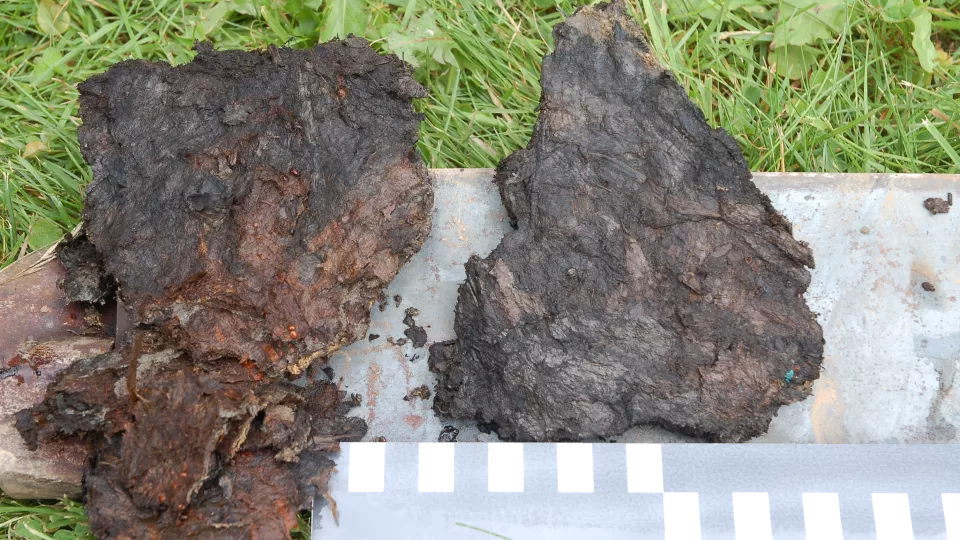A new study is published in Science Advances, titled: “Substantial light woodland and open vegetation characterized the temperate forest biome before Homo sapiens”.
In a study I initiated up in Småland during one of my SGU projects, published in 2013, we discussed vegetation composition during the previous interglacial, the Eemian (129,000–116,000 years ago). Some of the pollen data from that study has found its way into a compilation of 96 different sites across (mainly NW) Europe, offering a new reconstruction of the Eemian forest biome.
Elena Pearce from Aarhus University in Denmark is corresponding lead author, and I am just one of the other 36 co-authors. In short: it has been argued that the forests in Europe during the Eemian were very dense and closed such as humans at that time did very little at altering the ecosystems – as opposed to today and a large part of the Holocene. However, the present study tells another story: light woodland and open vegetation represented, on average, more than 50% cover during this period. This openness was only partially linked to climatic factors, but more so to natural disturbance factors. One of these – and a very important one, we think – was the abundance of grazing megafauna as (now extinct) elephants (Palaeoloxodon antiquus), rhinoceros (Stephano-rhinus kirchbergensis), and aurochs (Bos primigenius).
Link to the paper: https://www.science.org/doi/pdf/10.1126/sciadv.adi9135
New insights into woodland composition during the Last interglacial (co-authored by Per Möller)


